30+ Corporate Social Responsibility Examples to Download
In the modern business landscape, the concept of Corporate Social Responsibility (CSR) has become a cornerstone for organizations worldwide. This article aims to provide a comprehensive guide on CSR, including its definition, creation, and examples. We will also delve into frequently asked questions about CSR and provide links to valuable resources for further reading and downloadable templates.
1. Business Corporate Social Responsibility Example
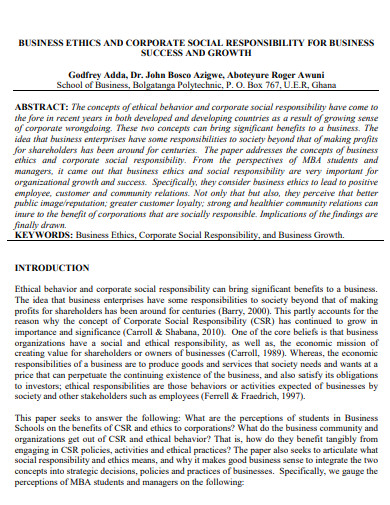
eajournals.org
2. Environment Corporate Social Responsibility
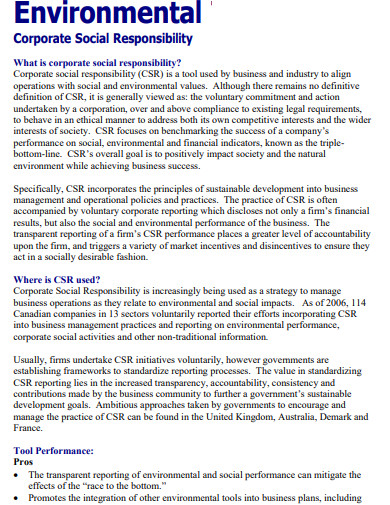
alberta.ca
3. Sustainability Corporate Social Responsibility
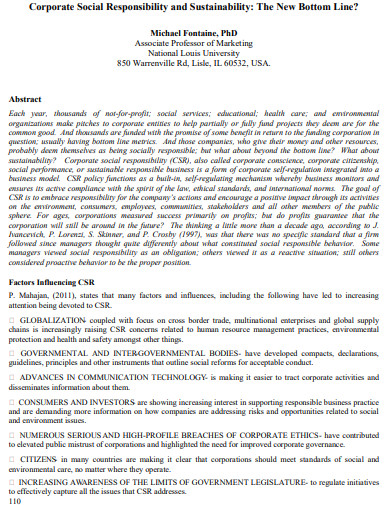
mktgsensei.com
4. Community Corporate Social Responsibility Example
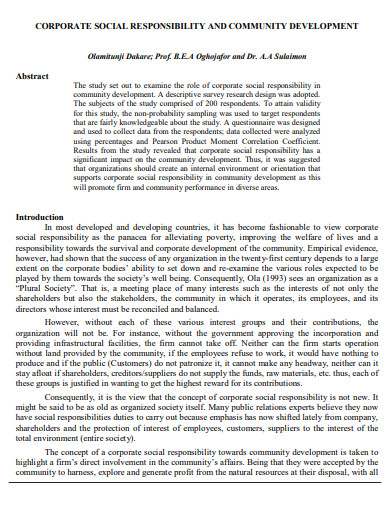
globalacademicgroup.com
5. Corporate Social Responsibility Ethics Example
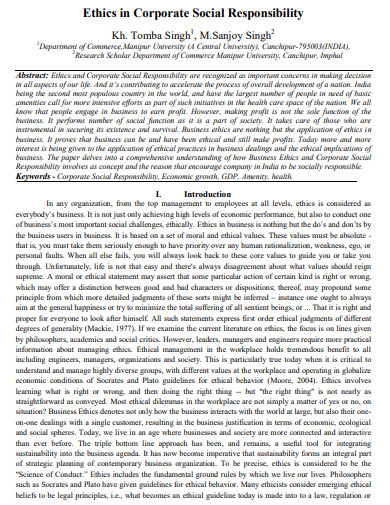
iosrjournals.org
6. Corporate Social Responsibility Pyramid Example

joams.com
7. Corporate Social Responsibility Infographic Example
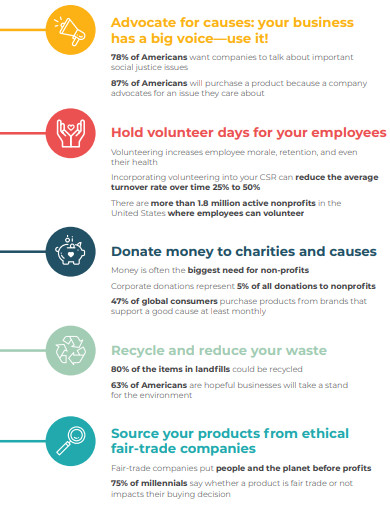
losasso.com
8. Corporate Social Responsibility Report Example
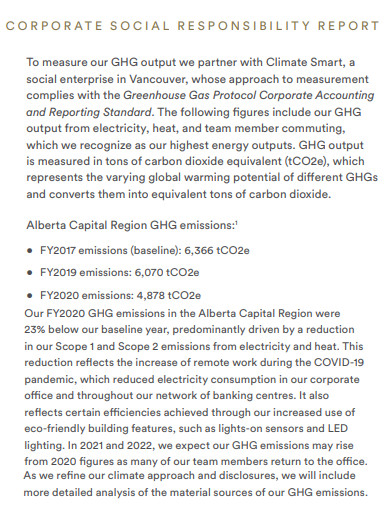
cwb.com
9. Corporate Social Responsibility Factsheet Example
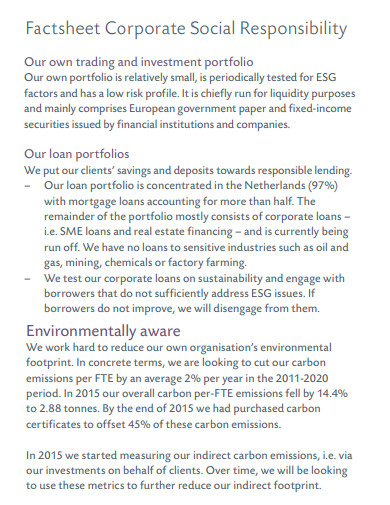
vanlanschotkempen.com
10. Corporate Social Responsibility Communications

surface.syr.edu
11. Corporate Social Responsibility And Performance
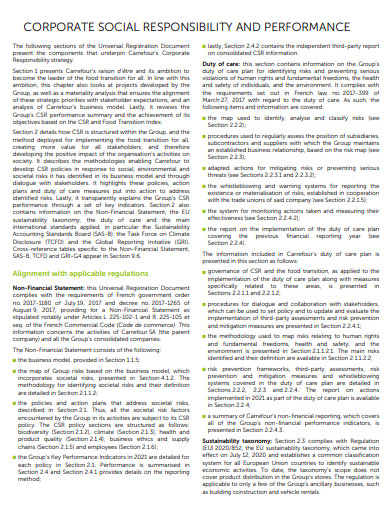
carrefour.com
12. Mandatory Corporate Social Responsibility Example
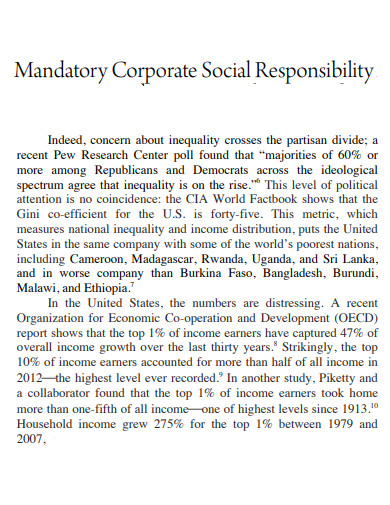
scholarlycommons.law.northwestern.edu
13. Background Corporate Social Responsibility Example

paytm.com
14. Corporate Governance Social Responsibility
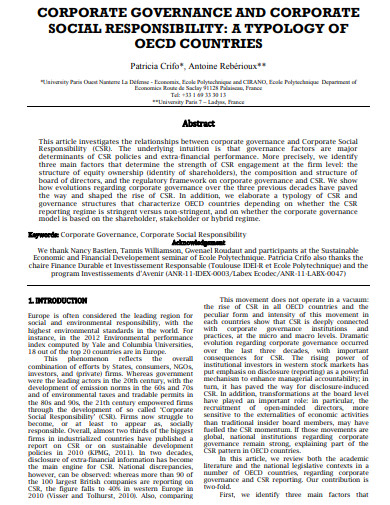
virtusinterpress.org
15. Corporate Social Responsibility Sustainable Development

ripublication.com
16. Employee Corporate Social Responsibility
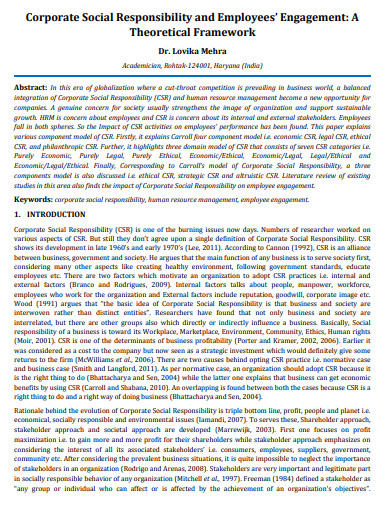
ijissh.org
17. Philanthropic Corporate Social Responsibility
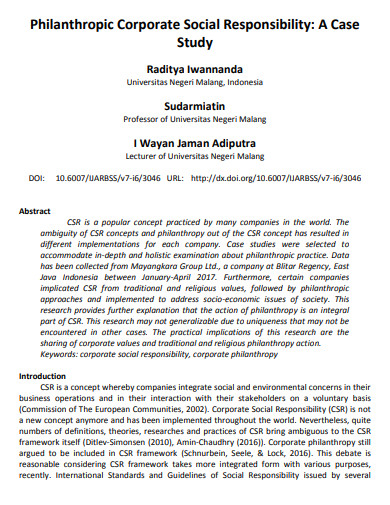
hrmars.com
18. Importance of Corporate Social Responsibility
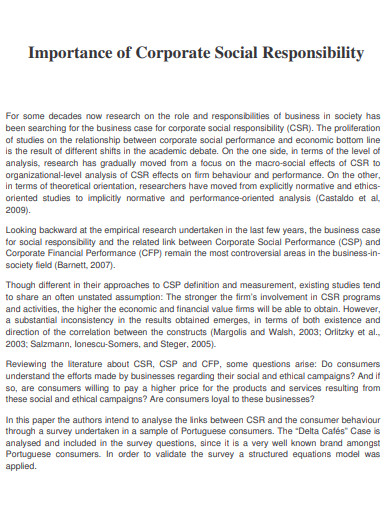
archives.marketing-trends-congress.com
19. Corporate Citizenship Social Responsibility

glo-bus.com
20. Corporate Society Social Responsibility Example
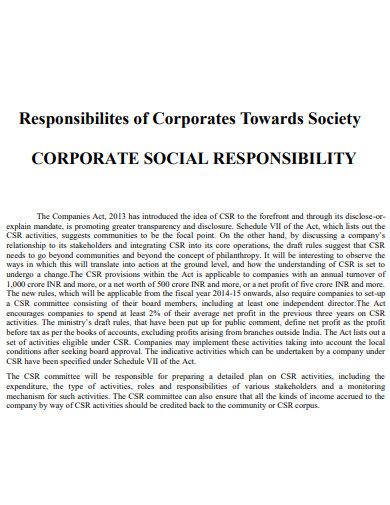
ijbmi.org
21. Corporate Social Responsibility Marketing Example

pdfs.semanticscholar.org
22. Corporate Social Responsibility Economic
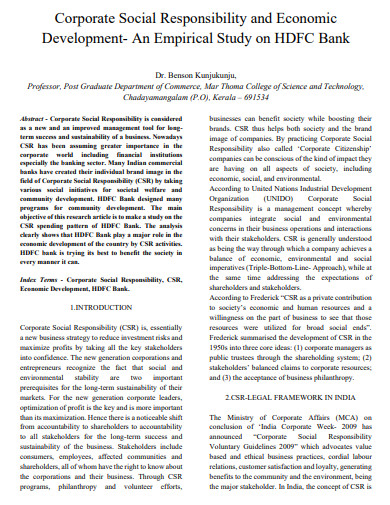
ijirt.org
23. Corporate Social Responsibility Workplace
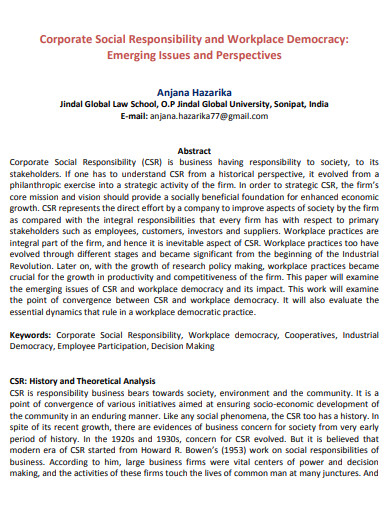
pure.jgu.edu.in
24. Corporate Social Responsibility Framework
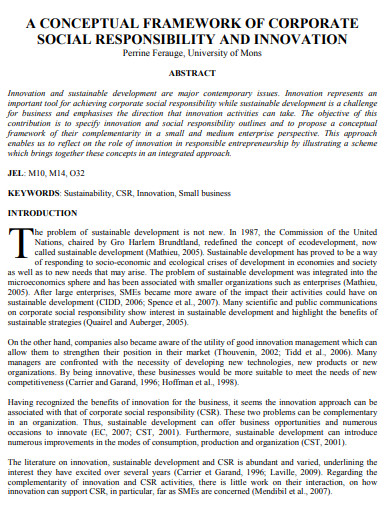
pttep.com
25. Corporate Social Responsibility Statement

ansell.com
26. Corporate Social Responsibility Example
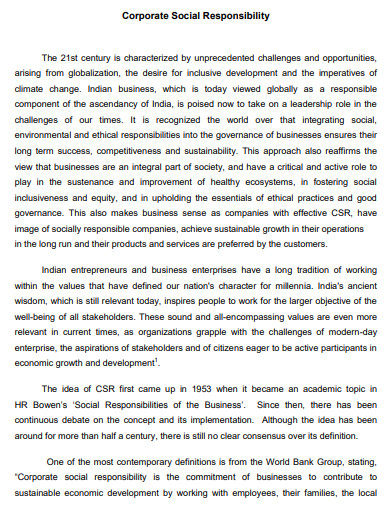
loksabhadocs.nic.in
27. Corporate Social Responsibility Template
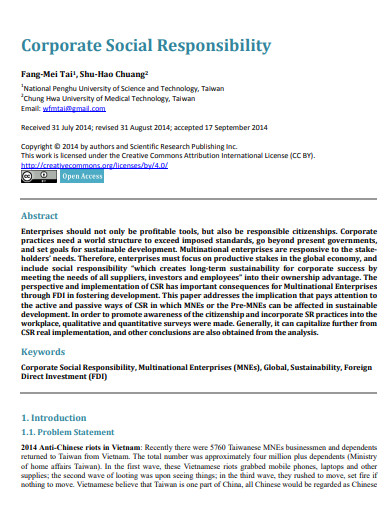
scirp.org
28. Corporate Social Responsibility Voluntary Example
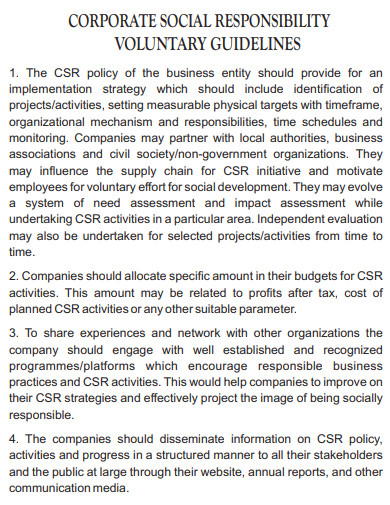
mca.gov.in
29. Corporate Social Responsibility Policy Example
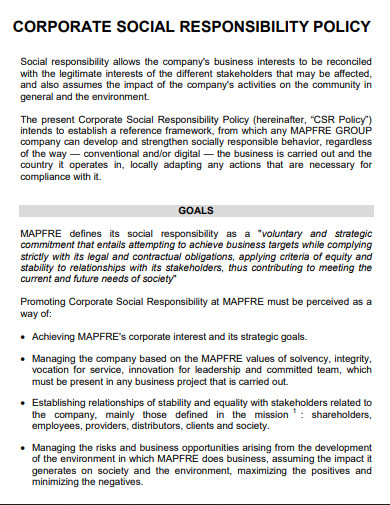
mapfre.com
30. Corporate Social Responsibility Reporting Example
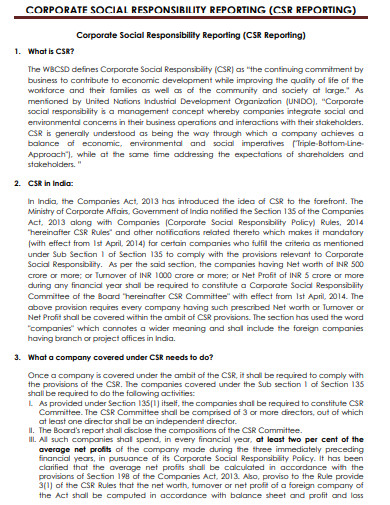
icmai.in
31. Standard Corporate Social Responsibility Example
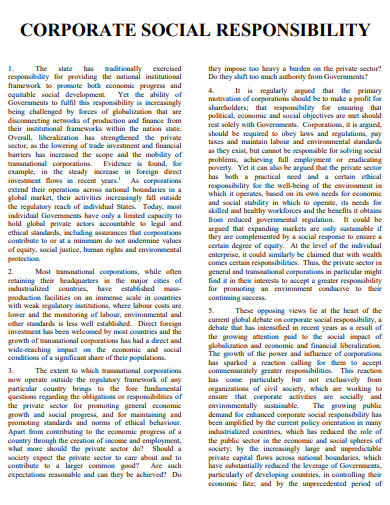
un.org
What is Corporate Social Responsibility?
How to create a Corporate Social Responsibility Plan
Before we delve into the steps of creating a CSR plan, it’s essential to understand that CSR is not a one-size-fits-all concept. It varies from one organization to another, depending on factors like the company’s size, industry, and culture.
Step 1: Understand Your Company’s Culture
The first step in creating a CSR plan is understanding your company’s culture. This involves identifying the values, beliefs, and behaviors that define your organization. It’s crucial to align your CSR initiatives with your company’s culture to ensure they are authentic and resonate with your stakeholders.
Step 2: Conduct a Stakeholder Analysis
The next step is conducting a stakeholder analysis. This involves identifying and understanding the needs and expectations of your stakeholders, which include employees, customers, suppliers, the community, and shareholders. You can use the “Stakeholder” article as a guide to conducting a comprehensive stakeholder analysis.
Step 3: Develop a Strategy Execution Plan
Once you’ve understood your company’s culture and stakeholders, the next step is to develop a strategy execution plan. This involves setting clear objectives and outlining the steps to achieve them. You can refer to the “10+ Strategy Execution Plan Examples in PDF | MS Word” for templates and examples.
Step 4: Implement and Monitor the Plan
The final step is implementing the plan and monitoring its progress. This involves executing the initiatives outlined in the strategy execution plan and regularly reviewing and adjusting the plan as necessary. The “10+ Annual Business Budget Examples” article provides useful templates for tracking your CSR budget and expenses.
FAQs
1. How can CSR benefit my business?
CSR can enhance your company’s reputation, increase customer loyalty, attract and retain top talent, and even improve financial performance. For more insights, check out the “34+ Employee Recognition” article.
2. What are some examples of CSR initiatives?
CSR initiatives can range from environmental sustainability p10+ Strategy Execution Plan Examples in PDF | MS Word programs, and wellness programs for employees, to community development projects. For ideas, refer to the “10+ Environmental Action Plan Examples” and “10+ Wellness Program Plan Examples” articles.
3. How can I measure the success of my CSR initiatives?
You can measure the success of your CSR initiatives by setting SMART objectives and tracking your progress toward achieving them. The “30+ Smart Objectives Examples” article provides useful examples and templates.
In conclusion, Corporate Social Responsibility is a vital aspect of modern business operations. By understanding your company’s culture, conducting a stakeholder analysis, developing a strategy execution plan, and implementing and monitoring the plan, you can create a successful CSR program that benefits your company and society.


